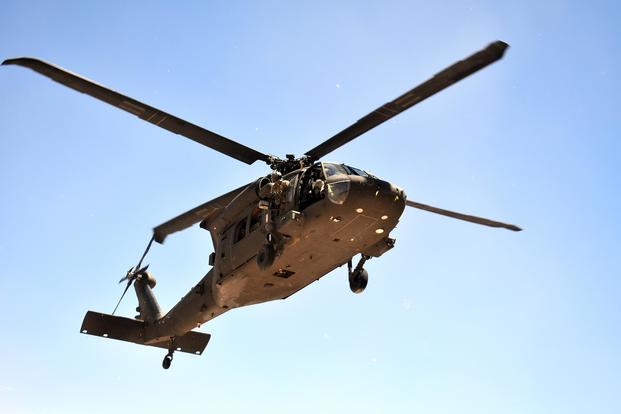U.S. Army officials at Fort Bliss, Texas, are studying the post's aviation procedures after one of its helicopters recently dropped an ammunition container on a Texas elementary school.
The incident occurred at approximately 3:45 p.m. May 17 when a UH-60 Black Hawk accidentally dropped an ammo can while flying over Parkland Elementary School, Bliss spokesman Mike Brantley said in a statement.
There were no injuries, but the can caused damage to the roof and a classroom, he said.
The mishap has prompted Fort Bliss officials to launch an investigation and "reassess current flight patterns" to avoid accidents like this in the future, the statement said.
"Although finding the root cause of any accident can sometimes prove to be elusive, the fact that one of our helicopters ... inadvertently releasing an ammunition container from 1,000 feet can be classified as avoidable," Col. Stephen Murphy, Fort Bliss garrison commander, said in a separate statement.
"Fortunately, no one was injured, and there was no loss of life," he said.
Fort Bliss and the 1st Armored Division "strive to uphold the highest safety standards," Murphy said. "However, the unexpected can sometimes afford us a unique opportunity to review our safety posture. In this case, we are re-evaluating how we can avoid these types of accidents in the future and ensure they do not happen again."
Crew training, practice and safety checks all help to reduce the risk of accidents occurring, he said.
"There are always preventative measures that can be taken to address, avoid and improve the way we do business," Murphy said.
-- Matthew Cox can be reached at matthew.cox@military.com.












